SUMMARY
This is AI generated summarization, which may have errors. For context, always refer to the full article.
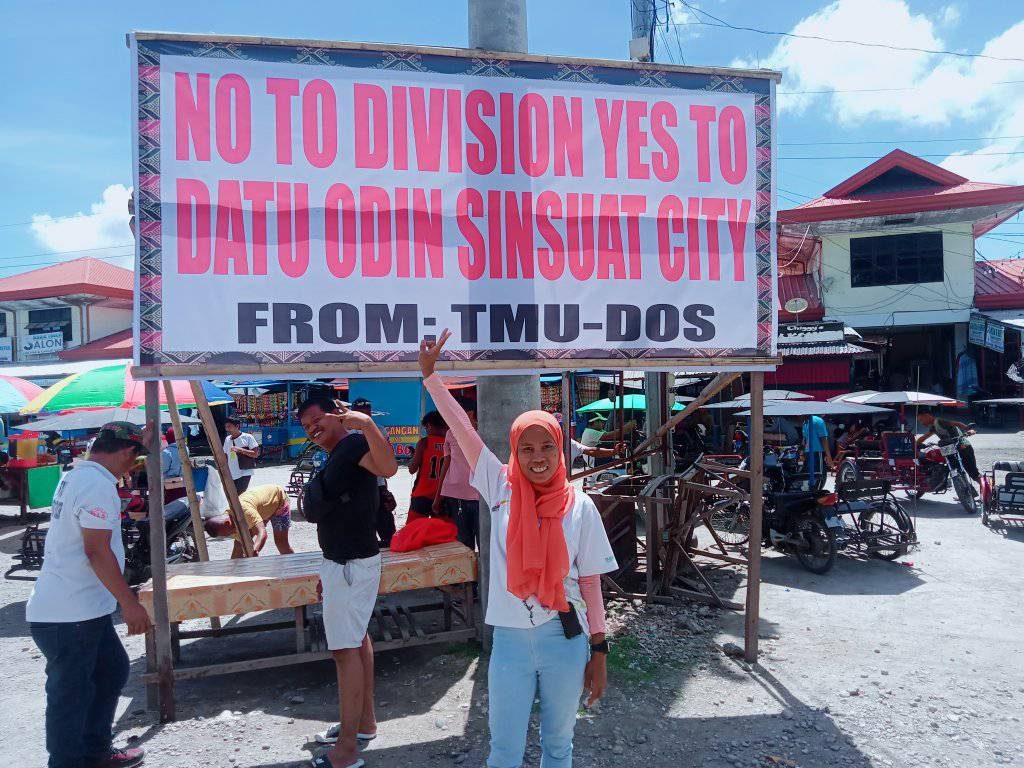
GENERAL SANTOS, Philippines – An ongoing debate over whether to divide the town of Datu Odin Sinsuat in Maguindanao del Norte or upgrade it to city status has intensified as a legislator announced she was preparing to file a bill to turn it into a city when the House of Representatives resumes its session on July 24.
Maguindanao del Norte Representative Dimple Mastura said she sees her proposal undergoing immediate deliberation at the House committee level even as she asserted that Datu Odin Sinsuat – the largest town in the province – already meets the qualifications for cityhood.
The announcement came amid a heated debate over the division of the town, as two proposed measures to create two new municipalities, which will be carved out of Datu Odin Sinsuat, have already been passed on second reading in the interim parliament Bangsamoro Transition Authority (BTA).
Datu Odin Sinsuat, a second-class municipality with a population of 116,768 based on the 2020 census, covers an area of nearly 462 square kilometers. It was previously known as Dinaig until its name was changed to Datu Odin Sinsuat in 1994 through Muslim Mindanao Autonomy Act No. 29.
Based on Section 450 of the Local Government Code of 1991, for a municipality or a cluster of barangays to be converted into a component city, it must meet specific requirements. These include having an annual income of at least P100 million, a territory covering a minimum of 100 square kilometers, and a population of no less than 150,000.
Mayor Lester Sinsuat of Datu Odin Sinsuat said he was optimistic that his town will meet the requirements for cityhood.
He said the town has already satisfied the land area criteria and projects that its population will reach 130,000 by 2025. In terms of income, Sinsuat said the town government’s revenue collections have doubled since he assumed office.
Although the town’s 2022 financial statement submitted to the Commission on Audit (COA) showed total tax revenues of more than P84 million, excluding shares from the national government, COA’s 2022 audit report noted Datu Odin Sinsuat officials’ failure to submit complete documents. Such failure, auditors said, cast doubt on the reliability of the town government’s financial status.
Differing views have emerged among officials, businessmen, and residents of Datu Odin Sinsuat regarding two proposed measures presented in the regional parliament that call for the creation of two new towns carved out of existing Datu Odin Sinsuat.
BTA Deputy Speaker Lanang Ali Jr. filed BTA Bill No. 190 and BTA Bill No. 191, seeking the creation of two distinct towns out of Datu Odin Sinsuat.
The first bill seeks the creation of Datu Balabaran Sinsuat town, with its seat of government situated in Barangay Tamontaka, across the river from Cotabato City.
The other bill is for the creation of the town of Sheik Abas Hamza, with Barangay Bugawas serving as its seat of power.
If approved by the BTA, the measures will be subjected to ratification through a plebiscite.
Mayor Sinsuat, who has strongly opposed moves to split the town, said the majority of residents were against the two BTA bills because they preferred Datu Odin Sinsuat to become a city.
Those who favor turning Datu Odin Sinsuat into a city have found an ally in BTA member Ishak Mastura who said some regional parliament members were overstepping their legislative authority.
He asserted that creating new towns from existing municipalities of the province was already beyond the jurisdiction of the transitional body, except for the 63 villages in Cotabato province that comprise BARMM’s Special Geographic Area. – Rappler.com
Add a comment
How does this make you feel?

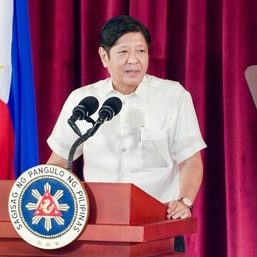
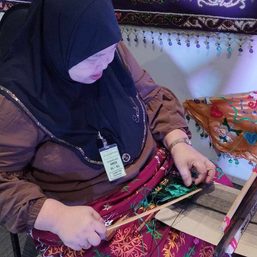
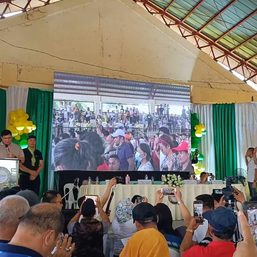
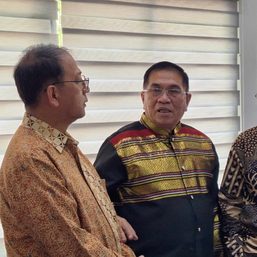

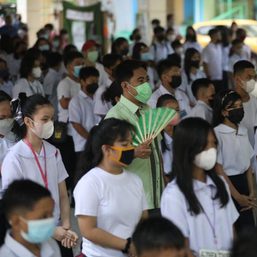
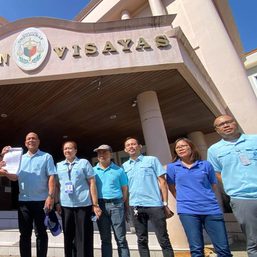
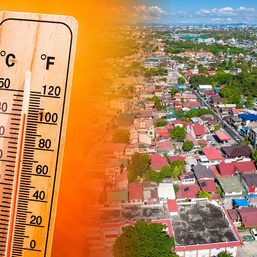

There are no comments yet. Add your comment to start the conversation.